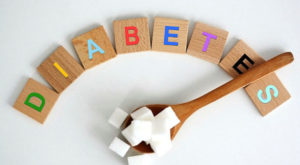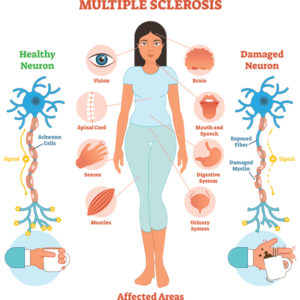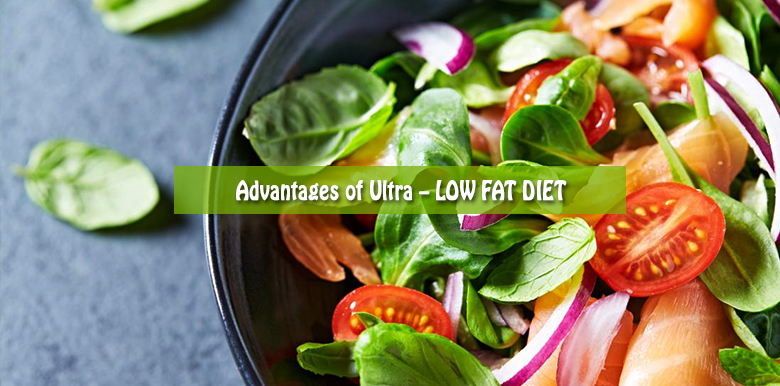An ultra-low-fat — or very-low-fat — is an eating plan that is low in unhealthy fat, total fat and cholesterol. It also tends to be low in protein and very high in carbs.
It is mostly plant-based and it limits your intake of animal products, such as eggs, meat, and full-fat dairy.
High-fat plant foods — including extra virgin olive oil, nuts, and avocados — are also often restricted, even though they’re generally perceived as healthy.
Advantages of An Ultra Low fat Diet –
1. May help keep insulin levels low.
2. May be good as a preventative measure against various diseases which can, in part, be attributed to high fat and cholesterol – such as heart disease, stroke and gallbladder disease.
3. Can help people who are trying to lose weight, and can also aid in maintaining a good weight.
Potential Health Effects
Ultra-low-fat diets have been thoroughly studied, and evidence indicates that they may be beneficial against several serious conditions, including heart disease, diabetes, obesity, and multiple sclerosis.
Heart Disease

Heart diseases
Studies show that an ultra-low-fat diet can improve several important risk factors for heart disease, including-
high blood pressure
high blood cholesterol
high C-reactive protein, a marker for inflammation
Type 2 Diabetes

Diabetes
Several studies indicate that very-low-fat, high-carb diets can lead to improvements in people with type 2 diabetes.
For example, in a study in people with type 2 diabetes on a very-low-fat rice diet, 63 of 100 participants decreased their fasting blood sugar levels.
Obesity

Obesity
People who are obese may also benefit from eating a diet that is very low in fat.
The very-low-fat rice diet has been used to treat obese people with impressive results.
Multiple Sclerosis

Multiple-sclerosis
Multiple sclerosis (MS) is an autoimmune disease that affects your brain, spinal cord, and optic nerves in your eyes.
People with this condition may benefit from an ultra-low-fat diet as well.
How it works?
In general, a low-fat diet is one in which no more than 20 to 35 percent of daily calories come from any fat source. An updated take on this would be to cut out trans fats and reduce intake of saturated fats, while still consuming unsaturated fats.
What to eat?
Grains:
Whole-grain breads, cereals, pasta, and brown rice
Low-fat crackers and pretzels
Vegetables and fruits:
Fresh, frozen, or canned vegetables (no salt or low-sodium)
Fresh, frozen, dried, or canned fruit (canned in light syrup or fruit juice)
Avocado
Low-fat dairy products:
Nonfat (skim) or 1% milk
Nonfat or low-fat cheese, yogurt, and cottage cheese
Meats and proteins:
Chicken or turkey with no skin
Baked or broiled fish
Lean beef and pork (loin, round, extra lean hamburger)
Beans and peas, unsalted nuts, soy products
Egg whites and substitutes
Seeds and nuts
Fats:
Unsaturated oil, such as canola, olive, peanut, soybean, or sunflower oil
Soft or liquid margarine and vegetable oil spread
Low-fat salad dressing
